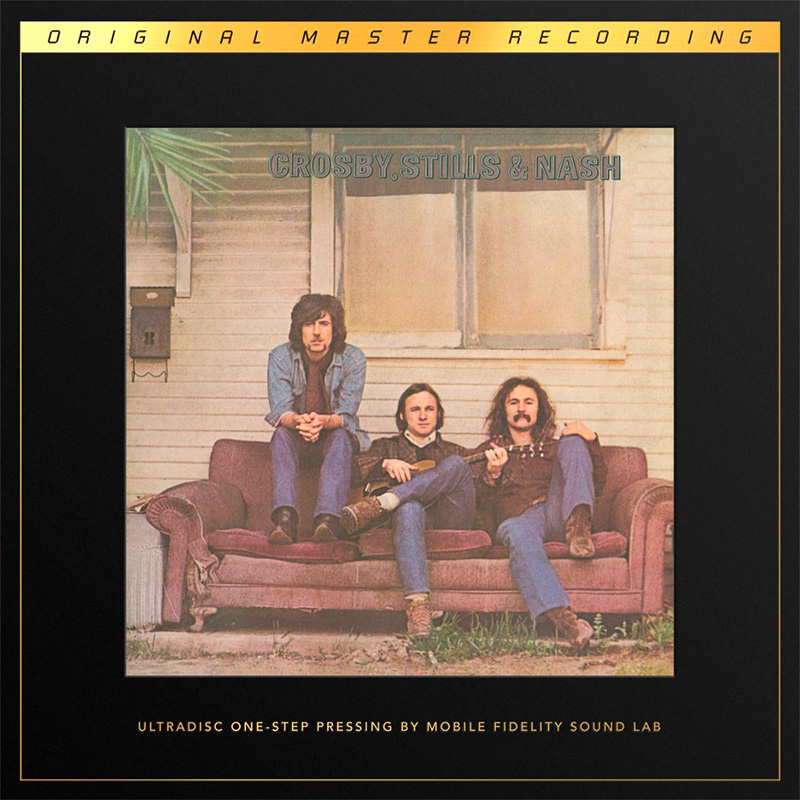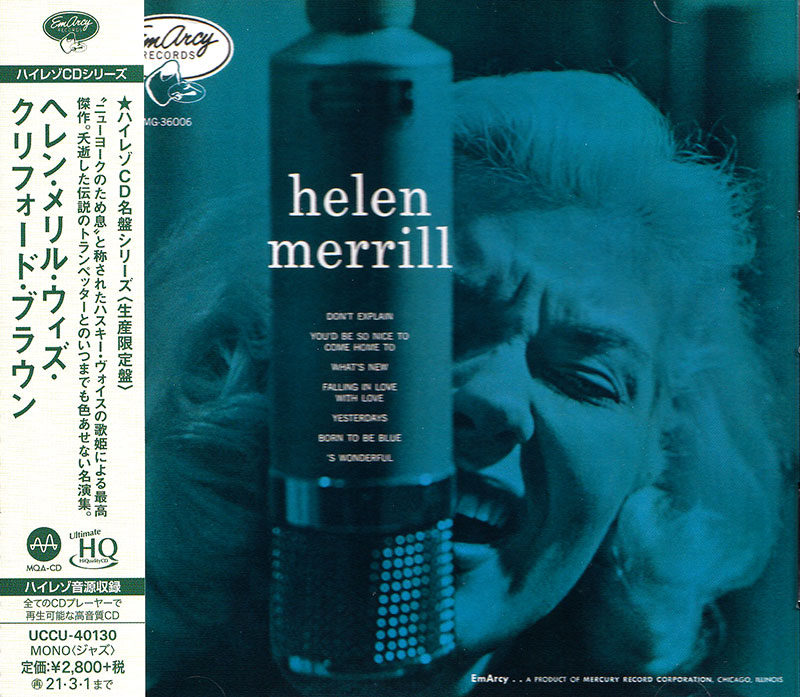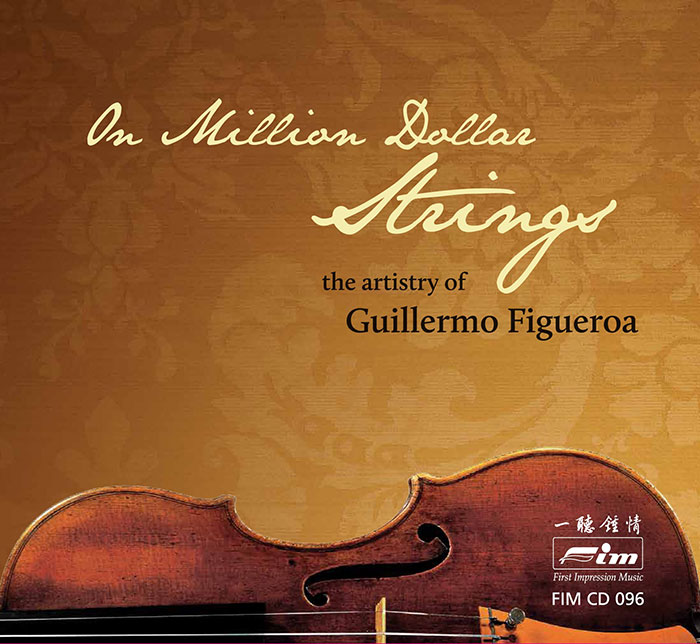Logowanie
OSTATNIE EGZEMPLARZE
Jakość LABORATORYJNA!
ORFF, Gundula Janowitz, Gerhard Stolze, Dietrich-Fischer Dieskau, Deutsche Oper Berlin, Eugen Jochum
Carmina Burana
ESOTERIC - NUMER JEDEN W ŚWIECIE AUDIOFILII I MELOMANÓW - SACD HYBR
Winylowy niezbędnik
ClearAudio
Essence MC
kumulacja zoptymalizowana: najlepsze z najważniejszych i najważniejsze z najlepszych cech przetworników Clearaudio
Direct-To-Disc
PIAZZOLLA, ChamberJam Europe
Tangos del Ángel y del Diablo
Direct-to-Disc ( D2D ) - Numbered Limited Edition
NIELSEN, SIBELIUS, Alexandra Browning, Colin Wheatley, BBC Northern Symphony Orchestra, Jascha Horenstein
Symphony No.3, Op.27 (Sinfonia espansiva) / Symphony No.5 in E flat, Op.82
- Alexandra Browning - soprano
- Colin Wheatley - baritone
- BBC Northern Symphony Orchestra - orchestra
- Jascha Horenstein - conductor
- NIELSEN
- SIBELIUS
I have admired this performance of Nielsen's Third Symphony since I first heard it in a 1992 as a ‘pirate’ issue on the Intaglio label. It is rather sad that although the recording was made as recently as 1970, it is in mono. The sound is more than adequate, though; sometimes the woodwind instruments lack presence but generally the balance is decent. The upper range is rather smooth giving the strings a lack bite at times (the treble is slightly brighter in the Intaglio version) and there is a tendency towards compression. Jascha Horenstein's sense of structure is most impressive and he always seems astutely aware when the composer is making thematic allusions to what has previously been heard. A good example of this is to be found in the first movement when, after the long exposition of the opening material, a full-blooded chord gradually fades to allow the woodwind to announce a new theme. During that chord the timpani play the broken rhythm of the opening of the movement forcefully. Horenstein is one of the few to clarify this allusion. Although recorded a little loudly, the magic of the Andante pastorale is beautifully caught and the two voices (Alexandra Browning and Colin Wheatley) that sing wordlessly are placed at an ideal distance, successfully capturing Nielsen's intention of using them as instruments of the orchestra. This is a spacious reading and the Allegretto un poco continues in understated vein, thereby sounding no less pastoral. In the finale, Horenstein takes a good medium pace (Ole Schmidt and Neeme Järvi are examples of those who do likewise). This contrasts with a habit around the 1960s and 1970s whereby conductors interpreted this Allegro as meaning 'very broad indeed'. Leonard Bernstein was perhaps the most eccentric in this respect but others sometimes followed his example. This finale is surely one of Nielsen's most noble creations and Horenstein evokes its grandeur by letting the various elements flow calmly forward and the powerful moments emerge naturally. The build-up at the end is all the more exciting for being allowed to grow from the combination of eloquent themes. The recording does not always cope fully when the conductor lets the orchestra have its head but the essence of the interpretation remains clear. One day after this performance the same forces moved from Manchester to Sheffield and performed the Sibelius. This hall is a little drier but the sound seems to be less compressed, the strings have a touch more sparkle and the full orchestral passages sound more open. Once again it is a mono recording. Balance is mostly convincing except for the build-up to the final climax of the first movement where the thematic elements lie among the winds but are hard to discern. Even the leading trumpet is weak here despite having been somewhat over-present earlier on where it plays a doleful, quiet soliloquy. The great thing about this performance lies in Horenstein's ideal choice of tempos. The whole work is taut and each movement follows its predecessor with a sense of inevitability. The recording does not permit much really soft playing but Horenstein notably achieves a thrilling hush in the soft rushing string passage midway through the finale. In both works there are examples of the orchestra being inexact in ensemble but, at this point, one of the most difficult in this respect, Horenstein achieves a magically breathless effect with great precision. The release presents us with two fine interpretations. They represent Horenstein's art quite well but they do not reveal all the conductor's admirable qualities and in particular his use of a wide dynamic range is not fully represented; nevertheless we should be grateful that attention is being paid to this fine musician whose greatness seems not always to be fully appreciated. In his brief talk, given shortly after Horenstein's death (on 2 April 1973), Robert Simpson explains the close link between the conductor and Carl Nielsen, also giving insight into his personality. This talk is a worthwhile addition to the disc and it also reveals something of Simpson's own gracious nature. https://www.classicalsource.com/db_control/db_cd_review.php?id=6815

























